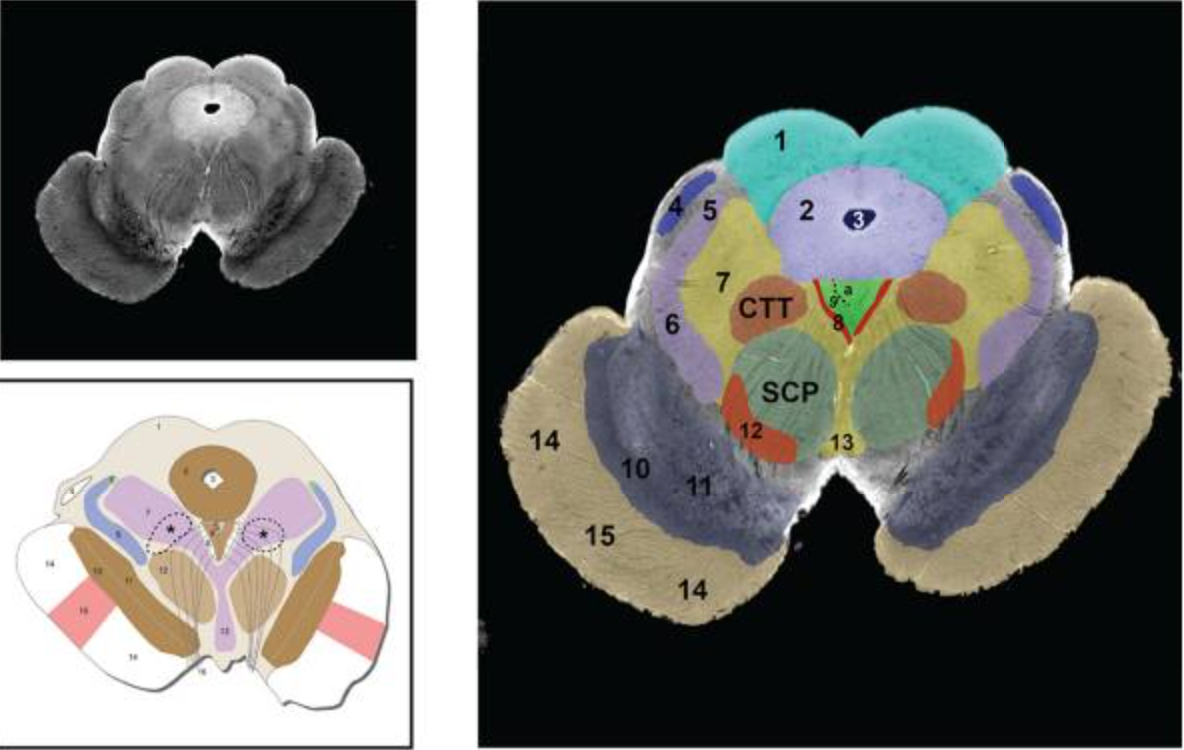
Sex Differences in
the Healthy Brain
Background
Although substantial work has identified multiple ways in which one's sex impacts health and disease, we still do not fully understand the underlying neurobiological mechanisms that give rise to sex differences in the healthy brain as it develops over time, and how these differences change during the aging process.
Understanding sex differences in the healthy brain is a critical first step toward understanding what processes go awry in psychiatric and neurologic disorders with known sex differences.
Our Work
female brain working memory
Our team investigates fetal and neonatal programming of sex differences in the healthy brain and expression of sex differences in adulthood. We examine hormonal, immune, and genetic regulation of brain morphology/function using multi-modal MRI/DTI technologies and associated physiology. We use a lifespan approach, given that we have followed a unique prenatal cohort over the last 30 years who are now (in 2022) aging into their 60’s.
A Sample of Key Findings
One.
Hormonal and genetic processes that regulate the sexual differentiation of the brain during fetal development have enduring effects on sex differences in structural brain volumes in adulthood in healthy adults.
Two.
Circulating hormones have significant effects on brain activity in stress response circuitry in healthy women across the menstrual cycle.
Three.
Normal variations in hormonal changes in women significantly contribute to explaining sex differences in stress response circuitry in healthy adults which begins post-puberty in early adulthood. Women have a natural capacity to regulate the stress response that differs from men.
Highlighted Works.
Normal sexual dimorphism of the adult human brain assessed by in vivo magnetic resonance imaging




